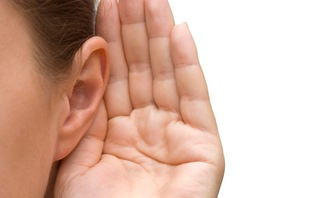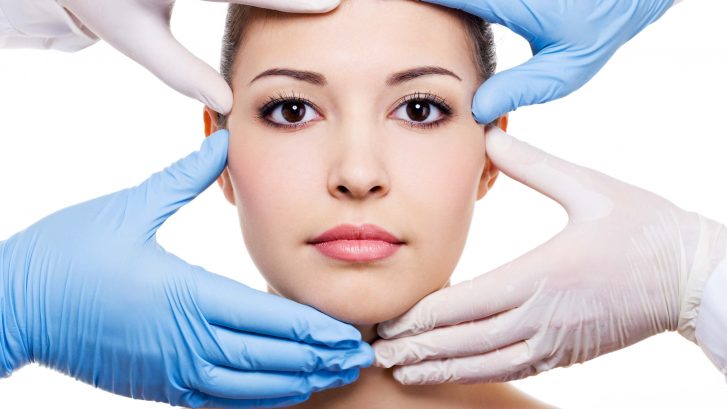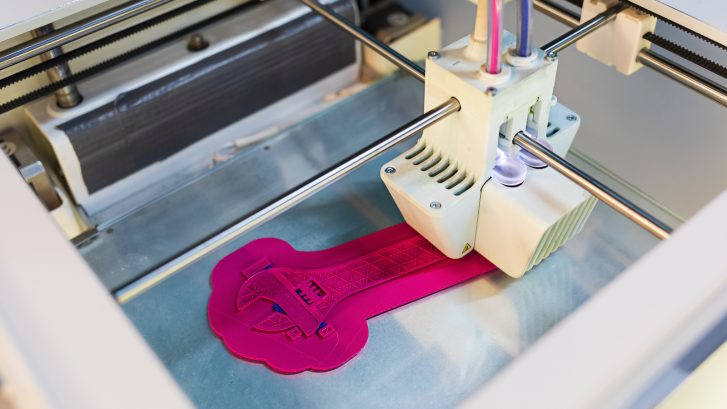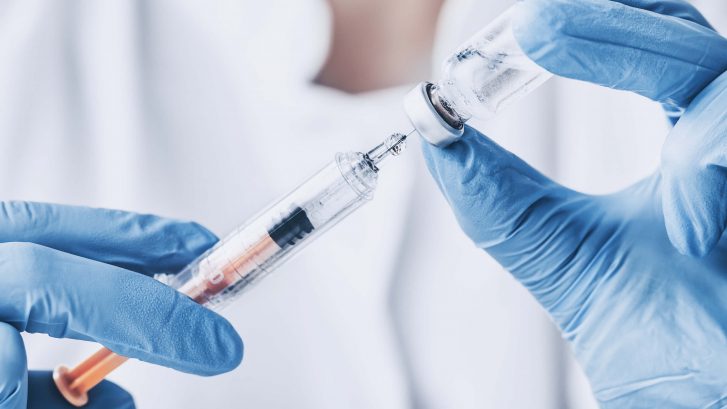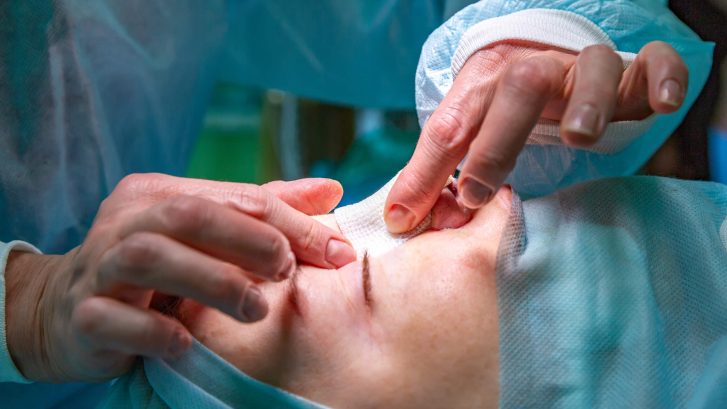I’m All Ears: Achieving the Lobes You Desire Through Otoplasty
It doesn’t matter who you are, what role you play in society, or your age – we all have our own unique set of insecurities. While some people are insecure about their weight, others find an issue with the shape of their nose, chin, and even their ears. The good news? Thanks to today’s technology, many options are available to help you achieve the look you’ve always wanted.
Otoplasty is the fine art of reshaping the ears to achieve the lobes you desire. The procedure has evolved over time, and today, it’s safer and more effective than ever before.
Whether you’ve always wanted a subtle change or you’re ready to make a change to your physical appearance to help boost your self-confidence, then otoplasty could be the solution you’ve been looking for.
What is Otoplasty?
Otoplasty is a surgical procedure designed to improve the shape, position, and proportion of your ears. It’s a procedure that goes by a variety of different names, including:
- Cosmetic ear surgery
- Ear reshaping
- Ear Pinning (or ear pinning back)
A skilled surgeon performs this procedure, making your ears appear more symmetrical, and is often performed alongside other procedures such as facelifts and nose reshaping.
Why Would Someone Consider Getting an Otoplasty Surgery?
The goal of otoplasty is to create the appearance of well-proportioned ears and can be used to correct several issues, including those:
- Unhappy with the shape of your ears (common causes: protruding ears, Dumbo ears, or ears that sit too low)
- Unhappy with the position of your ears (common causes: ears that stick out too far, ears that are too close together, or ears that are too high)
- Unhappy with the size of your lobes (common causes: small lobes, large lobes, or no lobes at all)
What Does the Otoplasty Procedure Entail?
Otoplasty is a wonderful option for those looking into cosmetic ear surgery as it’s typically considered an outpatient procedure that only takes between 1-3 hours – depending on the patient and their needs/desires.
The patient will likely be given local anesthesia with a sedative, although younger patients may receive general anesthesia should the doctor believe it be the better option.
The procedure begins by making an incision behind the ear to access the cartilage and other soft tissues. The surgeon will then start manipulating the tissue of the structure, removing cartilage and even skin depending on the desired end results. It will likely also include the folding/shaping of the cartilage with permanent sutures and even the possibility of grafting cartilage to the ear.
Once the desired shape has been achieved, your surgeon will close up the incision with sites and apply clean dressings to the area to ensure they stay clean and dry.
How Long Does Recovery from Cosmetic Ear Surgery Take?
On average, most patients are back on their feet within a few days post-op. However, it’s generally recommended that you take about a week off from school or work activities to allow your incisions to heal properly.
You’ll likely have to wear some form of dressing over the incision for at least a few days to ensure that your surgery site stays clean and dry. Be sure you follow all your post-op directions to provide the best recovery outcomes.
Is Otoplasty Safe for My Child?
Otoplasty is generally considered safe for children ages five and up as their ears have had a chance to develop almost entirely, as research shows that the ear has reached approximately 90% of its adult size. If you have the procedure done too early, you run the risk of having the procedure not work as planned should your child’s ear continue to grow and change the desired shape.
Am I Too Old for Otoplasty?
An Otoplasty can be performed at any age! However, just like any other surgery, an ideal candidate needs to be in good health, as there can be some side effects from anesthesia and any other medications that may be used during your pre, and post-opt care.
Schedule Your Otoplasty Consultation Today!
For most people, the decision to undergo otoplasty is an important one. It’s a decision primarily based on improving your self-confidence and making sure you’re happy with the results.
If you’ve come to the point where you’re ready to take the next step, then Dr. Binder is here to help!
Have questions regarding Otoplasty and whether you may be an ideal candidate for the procedure? Then contact us today for more information!

